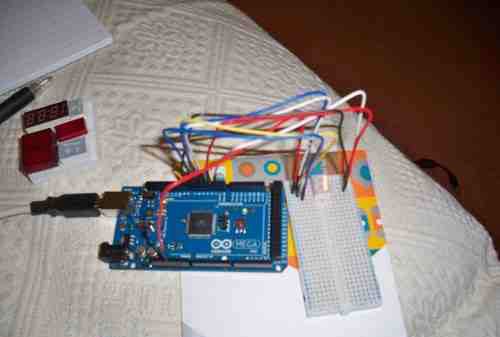Well I done it! Got bored after the holidays and bought a Raspberry Pi credit card sized computer ($35), the least expensive LED TV and a Logitech wireless Keyboard/Mouse combo. The way I ordered the kit it cost almost twice as much, but it came with a good 2.5A powersupply, a pinout strip, a solderless breadboard, parts to play with and a wireless dongle. Brings back memories of process automation in my past.
My first Raspberry project was to get introduced to Linux again, actually a very good OS. It came with Python27, Python32, C, C++, Ruby and Java preinstalled. I used IDLE and Python27 to control some of the many Raspberry pins to exercise 4 LEDs (red, yellow, blue and green). You can't draw too much current, savely about 15 mA, but that can be remedied with an inexpensive power MOSFET that can drive a motor and also isolates the Raspberry Pi from damaging voltages.
See the MOSFET video at: https://www.youtube.com/watch?v=I1h-HZmIJ4E

